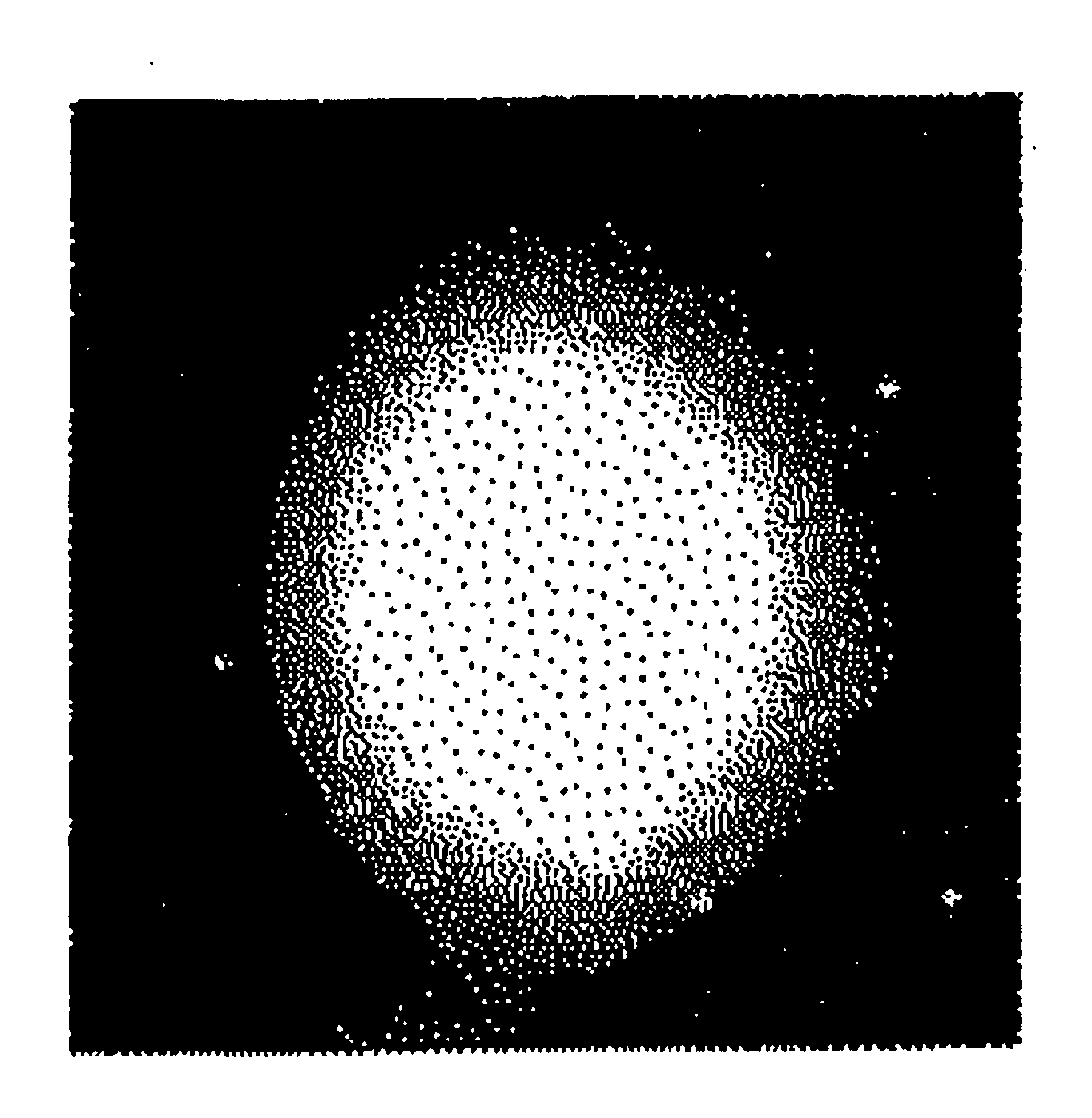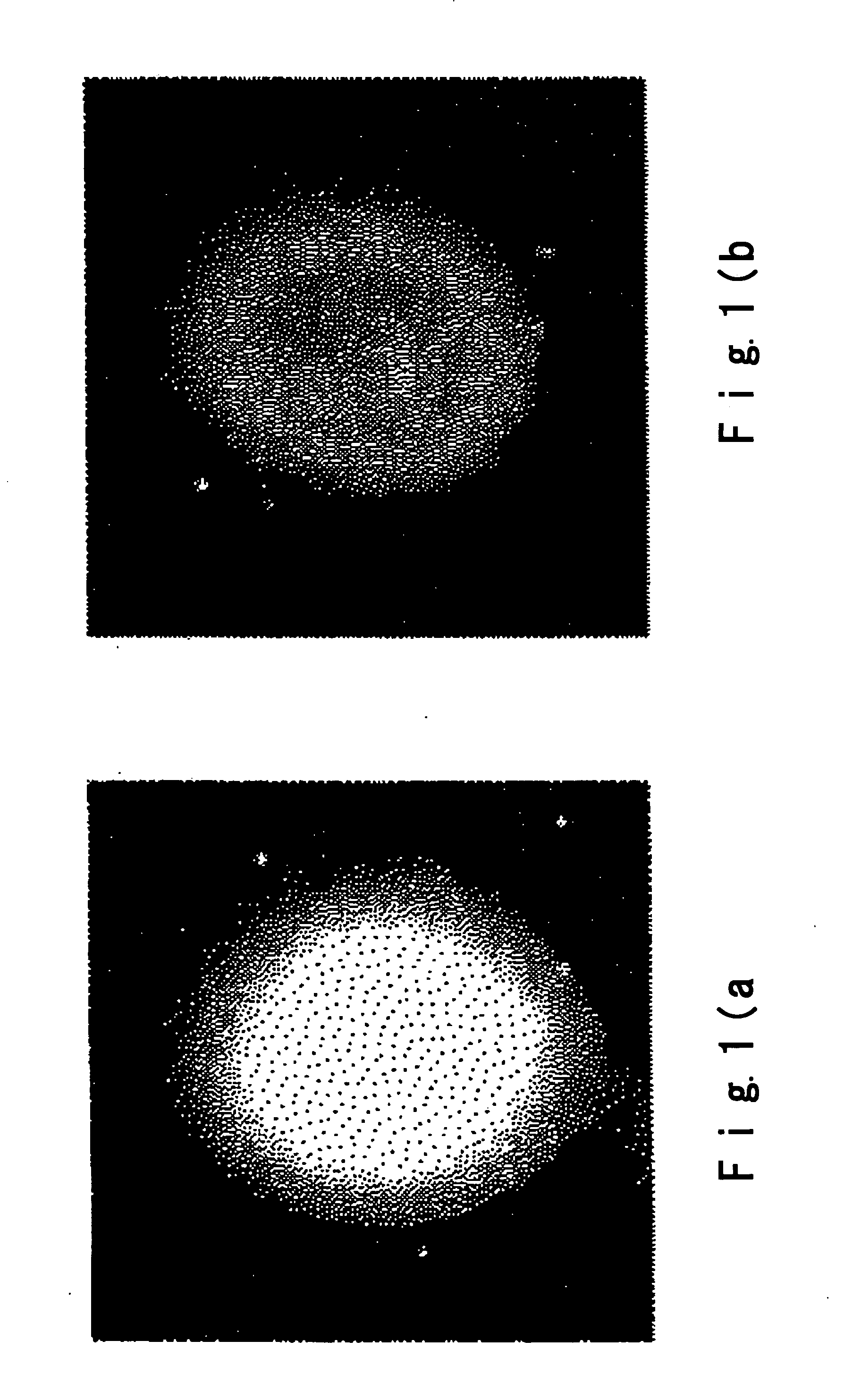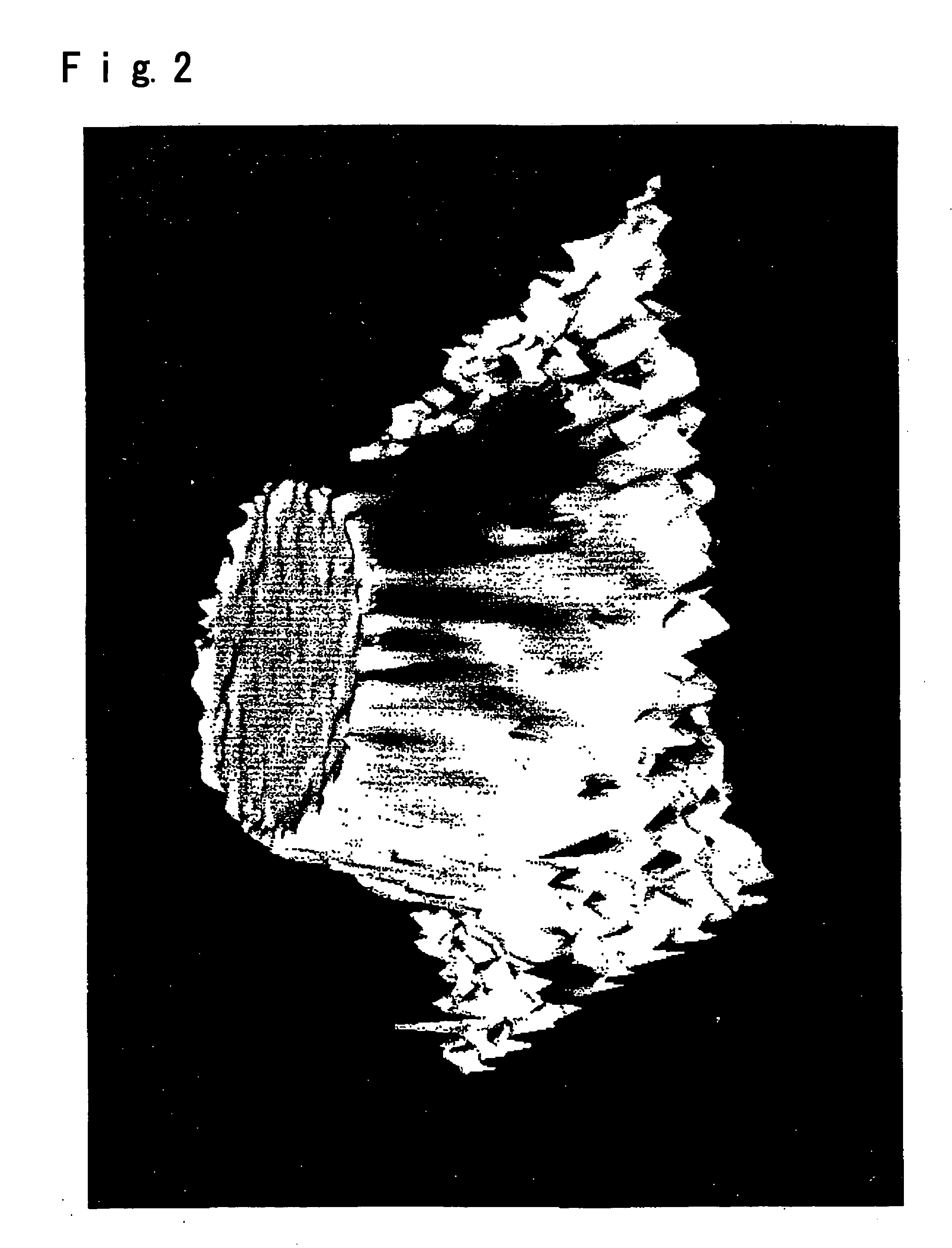Biochip substrate
- Summary
- Abstract
- Description
- Claims
- Application Information
AI Technical Summary
Benefits of technology
Problems solved by technology
Method used
Image
Examples
example 1
Example
[0028] A 2 L glass reactor (separable flask equipped with a stirrer and a thermometer) was loaded with 900 g (50 moles) of water and 751 g (12.5 moles) of isopropyl alcohol and heated in a mantle heater to a liquid temperature of 75° C. 204.25 g (1 mole) of aluminum isopropoxide was added with stirring, and hydrolysis was carried out for 120 hours at a constant liquid temperature of from 75 to 78° C. Then, the temperature was elevated to 95° C. while the isopropyl alcohol was distilled off, and after addition of 6 g (0.1 mole) of acetic acid, deflocculation was carried out for 48 hours at a constant temperature of from 95 to 97° C. The resulting sol had a solid content of 15 mass % (hereinafter referred simply to as %).
[0029] The resulting boehmite sol was mixed with 10 mass % of polyvinyl alcohol (saponification value 99.8%, polymerization degree 4000) based on boehmite, on a solid basis, and applied onto a glass slide, 76 mm×26 mm×1 mm thickness (manufactured by Matsunami...
example 2
Comparative Example
[0031] The procedure in Example 1 was followed except that a glass slide having a poly-L-lysine coated glass slide was used instead of the glass slide having a boehmite porous layer.
[0032] Tests and Test Results
[0033] The test samples obtained in Examples 1 and 2 were tested for fluorescence characteristics. The fluorescence at 575 nm and 670 nm from the spotted surfaces of the test samples were observed with a fluorometer under excitation lights of 532 nm and 635 nm. The results are shown in FIGS. 1 to 3.
[0034]FIG. 1 is a two-dimensional illustration of the fluorescence from a spot. FIG. 1(a) shows the fluorescence from a spot (almost elliptical in shape) deposited on the test sample prepared in Example 1, and FIG. 1(b) shows the fluorescence from a spot deposited on the test sample prepared in Example 2, on the basis that a brighter spot emits stronger fluorescence, and a darker spot emits weaker fluorescence. Stronger fluorescence was emitted from all over ...
PUM
| Property | Measurement | Unit |
|---|---|---|
| Radius | aaaaa | aaaaa |
| Specific volume | aaaaa | aaaaa |
| Density | aaaaa | aaaaa |
Abstract
Description
Claims
Application Information
 Login to View More
Login to View More - R&D
- Intellectual Property
- Life Sciences
- Materials
- Tech Scout
- Unparalleled Data Quality
- Higher Quality Content
- 60% Fewer Hallucinations
Browse by: Latest US Patents, China's latest patents, Technical Efficacy Thesaurus, Application Domain, Technology Topic, Popular Technical Reports.
© 2025 PatSnap. All rights reserved.Legal|Privacy policy|Modern Slavery Act Transparency Statement|Sitemap|About US| Contact US: help@patsnap.com



